MAKES
-
 Abarth
Abarth
-
 Acura
Acura
-
 Alfa Romeo
Alfa Romeo
-
 Aston Martin
Aston Martin
-
 Audi
Audi
-
 Bentley
Bentley
-
 BMW
BMW
-
 Bugatti
Bugatti
-
 Buick
Buick
-
 BYD
BYD
-
 Cadillac
Cadillac
-
 Chery
Chery
-
 Chevrolet
Chevrolet
-
 Chrysler
Chrysler
-
 Citroen
Citroen
-
 Cupra
Cupra
-
 Dacia
Dacia
-
 Daewoo
Daewoo
-
 DAF
DAF
-
 Daihatsu
Daihatsu
-
 Datsun
Datsun
-
 De Lorean
De Lorean
-
 DFSK
DFSK
-
 Dodge
Dodge
-
 DS
DS
-
 Ferrari
Ferrari
-
 Fiat
Fiat
-
 Fisker
Fisker
-
 Ford
Ford
-
 GAZ
GAZ
-
 Geely
Geely
-
 Genesis
Genesis
-
 GMC
GMC
-
 Great Wall
Great Wall
-
 Hennessey
Hennessey
-
 Honda
Honda
-
 Hummer
Hummer
-
 Hyundai
Hyundai
- › Accent
- › Atos
- › Aura
- › Avante
- › Bayon
- › Celesta
- › Centennial
- › Coupe
- › Dynasty
- › Elantra
- › EON
- › Equus
- › Galloper
- › Genesis
- › Getz
- › Grandeur/Azera
- › H-1
- › i10
- › i20
- › i30
- › i40
- › IONIQ
- › IONIQ 5
- › IONIQ 6
- › ix20
- › ix25/Creta
- › ix35
- › ix55
- › Kona
- › Lafesta
- › Lantra
- › Lavita
- › Matrix
- › Nexo
- › NF
- › Palisade
- › Reina
- › Santa Cruz
- › Santa Fe
- › Santamo
- › Santro
- › Solaris
- › Sonata
- › Staria
- › Terracan
- › Tiburon
- › Trajet
- › Tucson
- › Tuscani
- › Veloster
- › Venue
- › Veracruz
- › Verna
- › Xcent
- › XG
-
 Infiniti
Infiniti
-
 Isuzu
Isuzu
-
 Iveco
Iveco
-
 Jaguar
Jaguar
-
 Jeep
Jeep
-
 Kia
Kia
-
 Koenigsegg
Koenigsegg
-
 Lada
Lada
-
 Lamborghini
Lamborghini
-
 Lancia
Lancia
-
 Land Rover
Land Rover
-
 Lexus
Lexus
-
 Lincoln
Lincoln
-
 Lotus
Lotus
-
 Lucid
Lucid
-
 Mahindra
Mahindra
-
 Maserati
Maserati
-
 Mazda
Mazda
-
 McLaren
McLaren
-
 Mercedes
Mercedes
-
 MG
MG
-
 Mini
Mini
-
 Mitsubishi
Mitsubishi
-
 Morgan
Morgan
-
 NIO
NIO
-
 Nissan
Nissan
-
 Opel
Opel
-
 Pagani
Pagani
-
 Peugeot
Peugeot
-
 Polestar
Polestar
-
 Pontiac
Pontiac
-
 Porsche
Porsche
-
 RAM
RAM
-
 Renault
Renault
-
 Rimac
Rimac
-
 Rivian
Rivian
-
 Rolls-Royce
Rolls-Royce
-
 Rover
Rover
-
 Saab
Saab
-
 Scion
Scion
-
 Seat
Seat
-
 Skoda
Skoda
-
 Smart
Smart
-
 Sony
Sony
-
 SsangYong
SsangYong
-
 Subaru
Subaru
-
 Suzuki
Suzuki
-
 Tata
Tata
-
 Tesla
Tesla
-
 Tofas
Tofas
-
 Toyota
Toyota
-
 Vauxhall
Vauxhall
-
 Volkswagen
Volkswagen
-
 Volvo
Volvo
-
 XPENG
XPENG
-
 Zenvo
Zenvo
Select the motor type for the year.
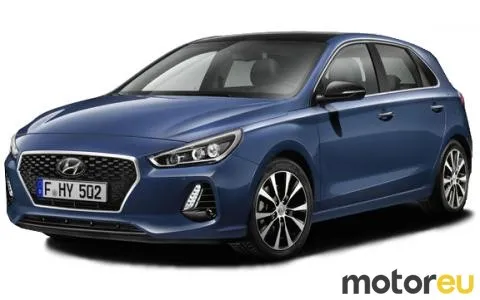
2020 - 2023
i30 III
(facelift 2020)
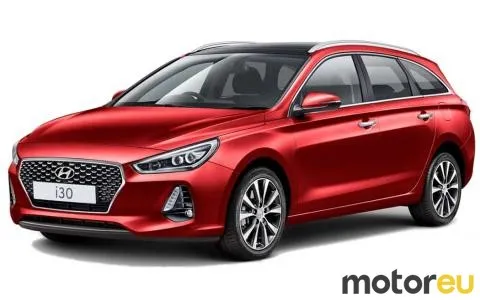
2020 - 2023
i30 III CW
(facelift 2020)

2020 - 2023
i30 III Fastback
(facelift 2020)
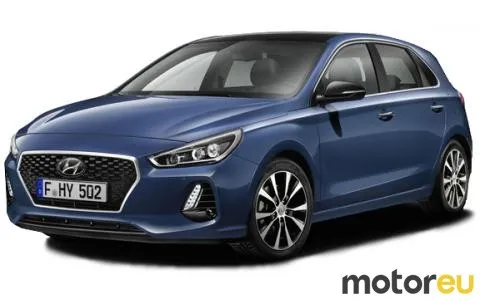
2019 - 2020
i30 III
(facelift 2019)
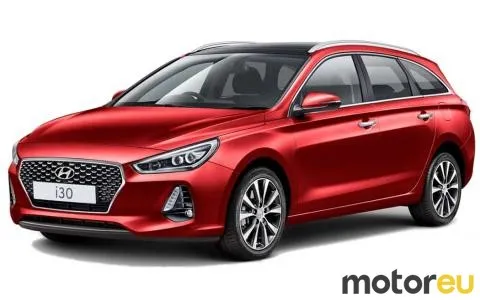
2019 - 2020
i30 III CW
(facelift 2019)
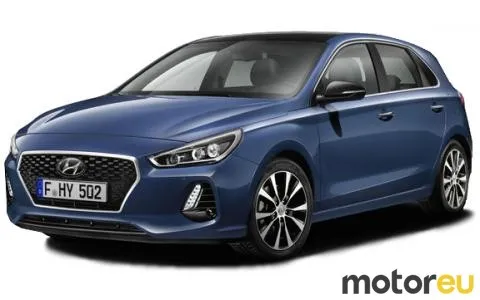
2017 - 2020
i30 III Fastback
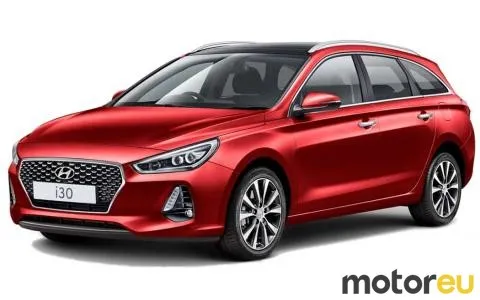
2017 - 2019
i30 III CW
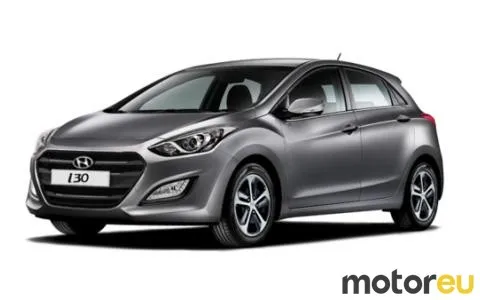
2016 - 2018
i30 III

2015 - 2017
i30 II
(facelift 2015)

2015 - 2017
i30 II Coupe
(facelift 2015)
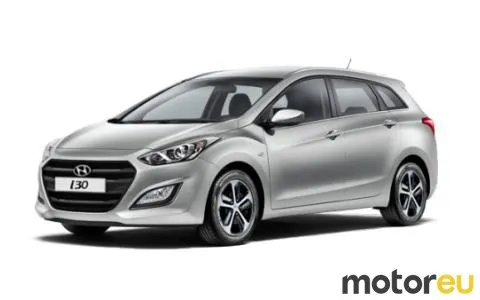
2015 - 2017
i30 II CW
(facelift 2015)
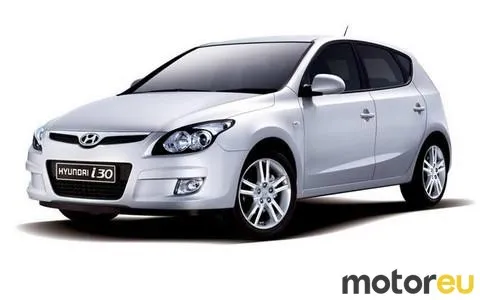
2012 - 2015
i30 II

2013 - 2015
i30 II Coupe
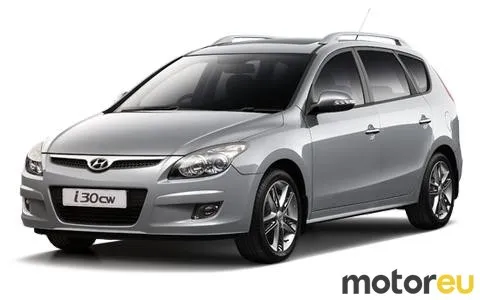
2012 - 2015
i30 II CW
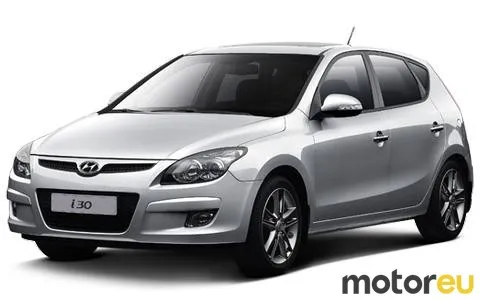
2010 - 2012
i30 I
(facelift 2010)
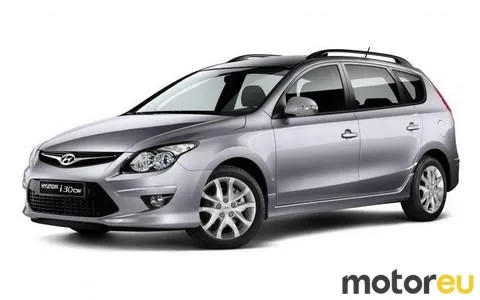
2010 - 2012
i30 I CW
(facelift 2010)
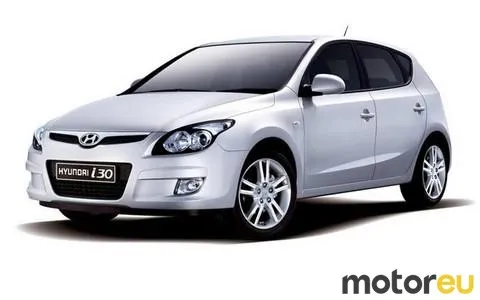
2008 - 2010
i30 I
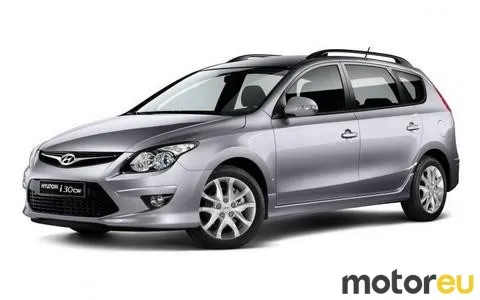
2008 - 2010
i30 I CW
In this review, we are going to take a closer look at the Hyundai i30. We will examine the details about the Hyundai i30 under three main categories such as; The Features of the Hyundai i30, The Fuel Consumption of the Hyundai i30 and Does It Suit You? These categories prepared for explaining the vehicle from any perspective. Before beginning the review, I would like to share some general information about the history of the Hyundai i30. It is a Small Family Car that has been producing by the South Korean automobile manufacturer Hyundai Motor Company. The Hyundai i30 has a three-generation history. It was introduced at the 2012 Frankfurt Auto Show. The car shares the same platform with the Kia Ceed. The i30 has designed to be launched as a fresh model after the Hyundai Elantra model.
The Features of the Hyundai i30
In this part of the review, we are going to focus on the features of the Hyundai i30. We can start with the exterior design of the Hyundai i30. The car has designed by German designer Peter Schreyer and assembled in three different countries. They are Czech Republic, Algeria, and South Korea. With the third generation, Hyundai introduced a new design type. This new design was named "Cascading Grill". Hyundai used this design on most of the new-generation models. After the 2019 model, Hyundai started using the same front design on all i30 models. The i30 has very solid and sharp lines. However, this should not mislead you. Although the car has a strong chassis structure, it is quite sporty and dynamic. Also, the fine aerodynamic details used in the design make the i30 a highly attractive and functional car. Now, we are moving on to the interior design of the Hyundai i30. Hyundai is a company that manages to make modern cabin designs, though not flashy. Designers who use quality materials quite effectively manage to attract attention with their useful and stylish cabinet designs. Although black is used predominantly in the cabin, the blue tones used in technological screens and the dashboard balance the darkness. Moreover, thanks to the large cabin volume, you feel quite comfortable and comfortable while driving. The seats are ergonomic and fit your body perfectly. Besides, the control elements have placed in a very practical way. Finally, we are going to talk about the technological features of the Hyundai i30. Hyundai i30 has many features such as Parking Assistant, Hill Start Assist, Cruise Control. In addition, the infotainment and automatic air conditioning system it has can meet all your needs. Furthermore, it has a good safety performance in accidents thanks to its robust chassis technology.
The Fuel Consumption of the Hyundai i30
Now, we are going to focus on the fuel consumption of the Hyundai i30. We usually work on popular engine types and making analyses on them by checking details for an efficient fuel consumption analysis. While choosing the right car, you need specific and simple information. That’s why we are using this distinction method to make things easier for you. We use two main categories to make a useful distinction such as; The Most Economical One and The Most Powerful One. Hyundai i30 has got five standard engine varieties such as; 1.0, 1.4, 1.6, 1.6 CRDi and 2.0. We are going to analyse two of them as the most economical and the most powerful one. We can start with the most economical one which is; 1.6 CRDi. It has got a four cylindered engine structure with a 1582 cm3 size. It is using a Diesel feed fuel system so we can say that it is a Diesel type engine. It can produce 95 HP and 4000 RPM Torque. According to the official factory data, 1.6 CRDi has got a 4,0lt/100km (which refers to 71 MPG in the UK) fuel consumption rate in Urban usage. However, this MPG Rate decreasing to 3,0lt/100km (which refers to 94 MPG in the UK) in Extra Urban usage such as; Highways or Long Distance Trip. When we combine these two fuel consumptions data, we get a 3,0lt/100km (which refers to 94 MPG in the UK) average MPG rate. Now we will focus on the most powerful engine, which is; 2.0 N Performance. It has got a four cylindered engine structure with a 1998 cm3 size. It is a Petrol Type Engine which produces 275 Horsepower and 6000 RPM Torque. 2.0 has got a 10,0lt/100km (which refers to 28 MPG in the UK) fuel consumption in Urban usage. On the other hand, this fuel consumption data decreasing to 6,0lt/100km (which refers to 47 MPG in the UK) in Extra Urban usage. When we gather these two MPG data, we get a 7,0lt/100km (which refers to 40 MPG in the UK) average fuel consumption.
Does It Suit You?
When we look at the Hyundai i30 in general, we see a very stylish and useful car. It is a very attractive vehicle thanks to its impressive design. With its technological features, it provides an extremely comfortable and safe driving experience to the driver. Finally, its low fuel consumption and good performance makes it one of the best in its field.
